
Dear Reader:
GoNintendo Review - Tokyo Mirage Sessions #FE Encore (written by NintendoJam)
NintendoJam is back with another review, this time giving us the skinny on Tokyo Mirage Sessions #FE Encore. See how this Wii U to Switch port turned out in the review below! - RMC
Referring to Tokyo Mirage Sessions #FE Encore as "just another port" would be a huge disservice to this legendary JRPG title. Initially released in December 2015 for the Wii U, this previously overlooked Atlus and Nintendo collaboration project will finally be given new life on Switch in 2020. Tokyo Mirage Sessions is much more than just a Fire Emblem and Shin Megami Tensei franchise crossover, it's a standalone RPG experience you won't want to miss (again).
Tokyo Mirage Sessions is visually beautiful, both graphically and artistically. With extremely fast load times and a stable frame rate to accompany it, there is no doubt that the Nintendo Switch version is entirely superior to its Wii U predecessor. Additional content in the form of new music, costumes (including Joker from Persona 5), and story extras (EX Stories) have been added to the game as well, giving an incentive for players to purchase the title for a second time.
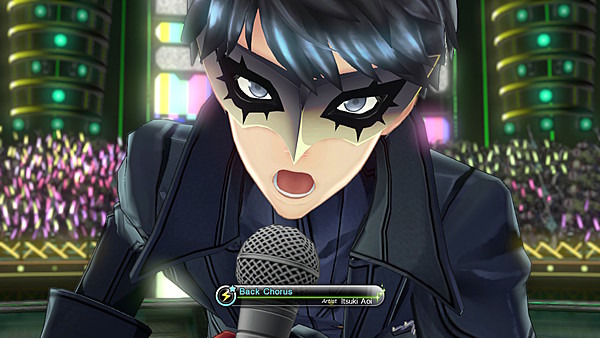
While featuring characters from both Fire Emblem and Shin Megami Tensei, the main cast of Tokyo Mirage Sessions are newly introduced characters specifically designed for this unique JRPG. Previous knowledge of the aforementioned franchises are not required for a massively entertaining experience. While it could probably provide maximum enjoyment, becoming familiar with the surrounding world throughout your playthrough is a true delight on its own.
Although a more than satisfactory amount of content has been added to Tokyo Mirage Sessions, there is one notable element that has been altered, arguably for the worse. Some fan-service and suggestive material has been removed or toned down from the original Japanese release. This is due to development of the Nintendo Switch port being based on the original Western version. Playing the game in its “uncensored” state will stay exclusively available for Wii U in Japan. Quite honestly, the differences are barely worth mentioning, as they likely won’t be noticeable to the average player without a side-by-side comparison. After all, the game is still rated T for teen by the ESRB (Entertainment Software Rating Board).
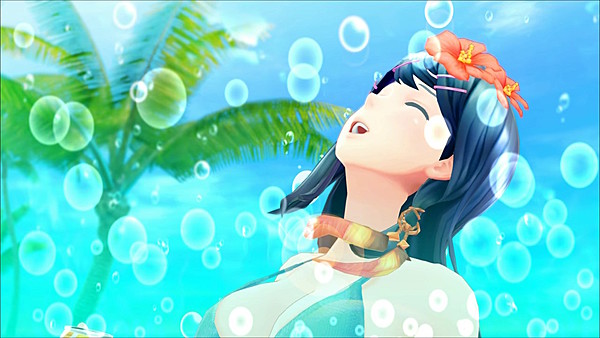
Tokyo Mirage Sessions is voiced entirely in Japanese, with the option available for English subtitles. The subbed translation provides comedic, heartfelt, and modernly relevant dialogue making the story and its characters genuinely interesting and engaging. I was surprised to see the term “special snowflake” be used in an official Nintendo published title. While lack of English voice acting could be disappointing to some non-Japanese speaking players, the voice actors do an excellent job at conveying consistent passion and emotion. As the game takes place in Tokyo, Japan, you can expect Japanese culture and references to shine through. Prepare to frequently be referred to as "big brother" by Tiki, someone who is most certainly not a legal relative.
At first, the story of Tokyo Mirage Sessions is a bit overwhelming. Lots of new terminology is established, making the narrative seem more complex than it actually is. The game follows protagonist Itsuki Aoi, working with Maiko Shimazaki of talent agency Fortuna Entertainment. There, they promote friends; Tsubasa Oribe and Touma Akagi with their respective singing and acting abilities (plenty more characters are also strongly involved in the story, but it would be best to experience their introduction firsthand). As the characters begin discovering their true creative potential, they collect the spiritual substance “Performa”. Otherworldly humanoids known as “Mirages” serve as both the games main antagonist, as well as trustworthy companions to those who possess Mirage mastership. Inhabiting the “Idolasphere” realm, Mirages use Performa to increase their power. This results in wrongful Mirages possessing others for their own benefit. Luckily, the human protagonists are Mirage Masters, allowing them to work together to defeat the evil operations.
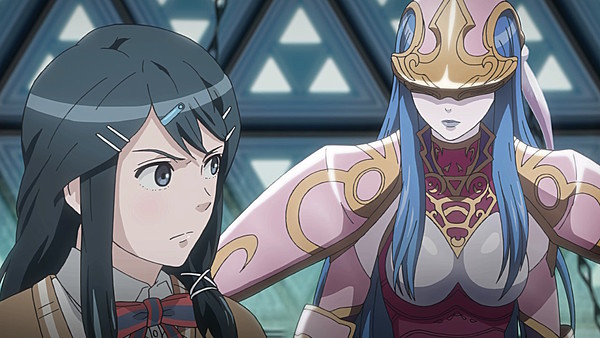
With a plot centered around entertainment, the music production and composition never fails to deliver. Tokyo Mirage Sessions’ entire OST (original soundtrack) is a bop, and has majorly sparked my personal interest in the J-Pop music genre. While writing this review, I have the songs from the game playing on loop in the background (despite not understanding a word of Japanese). Acting as occasional cutscenes, beautifully animated music videos are played during the chapters of the games main story. Music in Tokyo Mirage Sessions goes beyond large performances, however. Incidental tracks throughout different locations really give a sense of the environment you’re in. I found myself feeling hyped up during battles, and then sometimes eerie in darker sequences. All of course, depending on the intention of the amazingly orchestrated sound design.
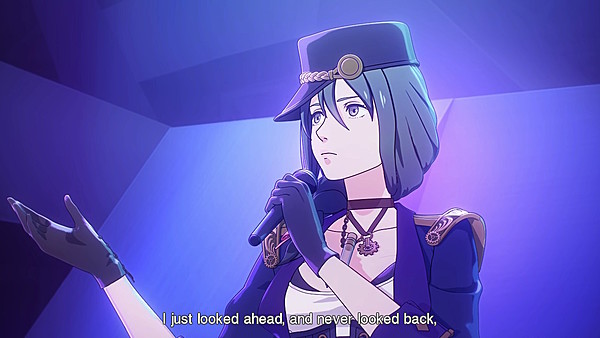
In terms of gameplay, apart from its focus on turn-based party combat, Tokyo Mirage Sessions includes three primary elements: Main Story, Side Quests, and Character Side Stories. The Main Story consists of 6 chapters, taking your party through various dungeons (Idolaspheres). Each dungeon includes puzzles to solve, bosses to fight, and mysterious enemies you’ll encounter. Enemies defeated sometimes drop Performa, which can be used at Bloom Palace (a hub for your partys Mirages) to perform “Unity”, required for growing stronger in battle.
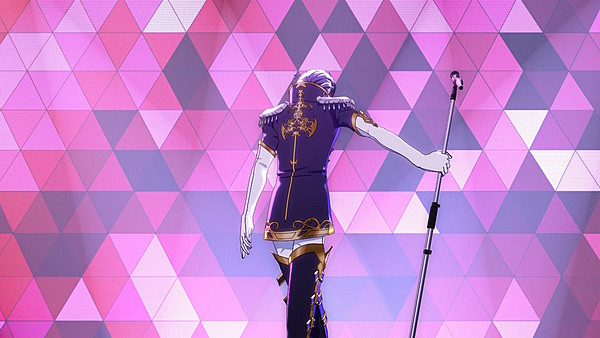
Intermissions in-between the chapters allow for the opportunity to purchase useful items, using money earned from battles, from in-game shops, or partake in Side Quests and Character Side Stories (which can be also be done mid-chapter). Side Quests are mostly filler content, but Side Stories are an excellent addition alongside the already expansive main game. While the Side Stories may not provide much of a gameplay challenge, learning more about each of the characters personalities through visual-novel-esque RPG storytelling is quite engaging. Performa and skills can also be achieved by participating in these missions, helping the Main Story to progress.
Turn-based combat is the heart of Tokyo Mirage Sessions, taking place during all boss battles and enemy encounters. Each party member is granted with their own list of skills, earned and collected by leveling-up with gathered XP. When proper “Session Skills” are obtained, and when using skills that are most effective towards certain enemy types, you’ll automatically activate an ability known as a “Session Attack”. This is treated as a combo in battles, creating a chain reaction of attacks against the opponent. The turn-based combat is where the games’ challenge and difficulty is fully present. It’s flashy, colorful, eye-catching, and fun, and the interface is easy to understand and use.

Tokyo Mirage Sessions is an almost perfect game, held back by a JRPG standard. Lack of autosaving is a much bigger deal than initially expected, and it’s highly encouraged that you save your game every few minutes, before and after battles. Losing a fight will result in returning to the title screen, where all unsaved progress will immediately be lost. Don’t make the same mistake I did in the beginning, regrettably losing over 2 hours of progress.
Another minor setback comes from the lack of Wii U gamepad. While it generally goes unmissed for most of the game, there is a specific section in Chapter 4 clearly designed with the controller in mind. Not having access to the frequently used TOPIC device (mainly used for incoming missions and chat messages from characters) in the palm of your hand, means you have to press the + button on the Switch to pull up the menu. It’s easy to forget that the map of your area is located there, so keep that in mind if you’re confused on a puzzle in Chapter 4’s Idolasphere.
For those inexperienced with the JRPG genre, the learning curve may be somewhat difficult. However, pushing through the initial confusion will eventually result in immersive gameplay that you won’t be able to put down. Bosses are challenging but completely fair if you have an understanding for the battle mechanics. Grinding enemy encounters, purchasing useful accessories from the Jewelry shop in Shibuya, Carabia, performing Unity using Performa in Bloom Palace, and buying items at Hee Ho Mart, are a requirement to making your playthrough a smooth and (mostly) painless experience.
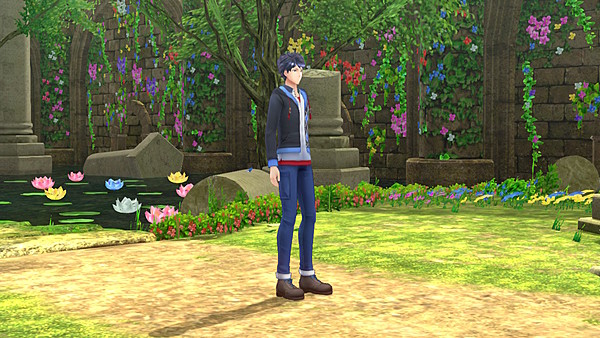
Prepare for a time-consuming title, jam-packed with content! Tokyo Mirage Sessions will likely take around 30 hours just to complete the main story. With plenty of additional discoveries beyond, the portability of Nintendo Switch, and TMS’s pick-up-&-go nature, there is lots of fun to be had. Playing through Tokyo Mirage Sessions #FE Encore isn't a right, but a privilege. It's not just a game, but rather, an experience. The Atlus and Intelligent Systems developed title deserved the second chance that it got, and the Nintendo Switch version is highly recommended for long-term fans of the JRPG genre, as well as those fishing for something new to play. If you can remember to save frequently, hopefully you can experience a similar magic, when Tokyo Mirage Sessions #FE Encore launches exclusively for Nintendo Switch on January 17th, 2020!

